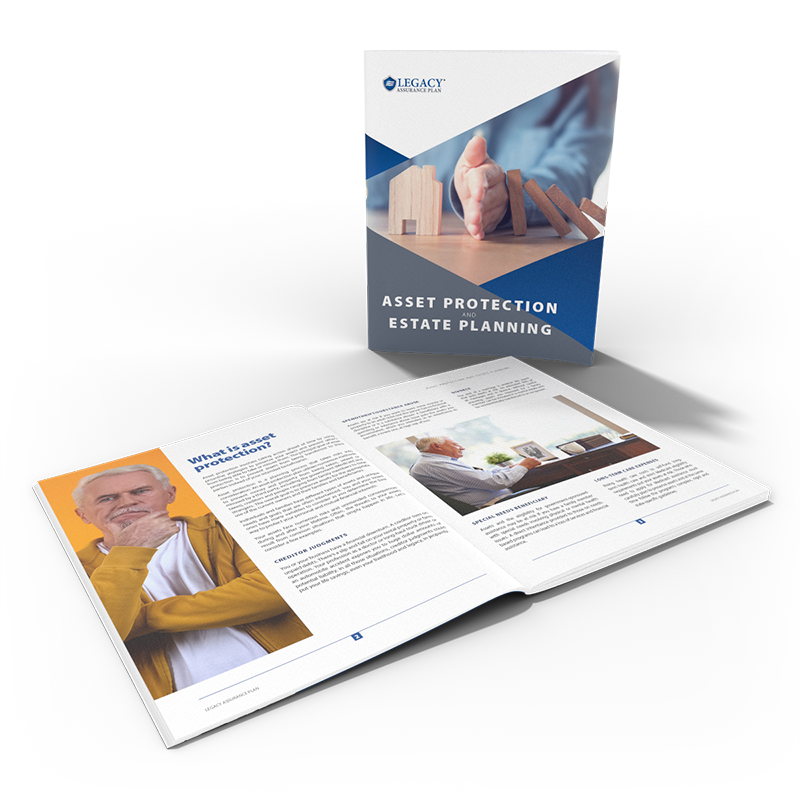Joint tenancy with rights of survivorship
Joint tenancy with rights of survivorship (JTWROS) is a method of titling assets, such as real estate or a bank account, that gives two or more people equal ownership interests in that asset. When an owner dies, the property is owned by the survivors without probate. However, this strategy exposes the jointly owned assets to the creditors and divorces of all owners.







